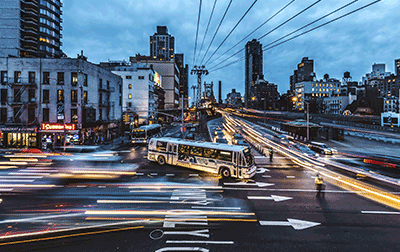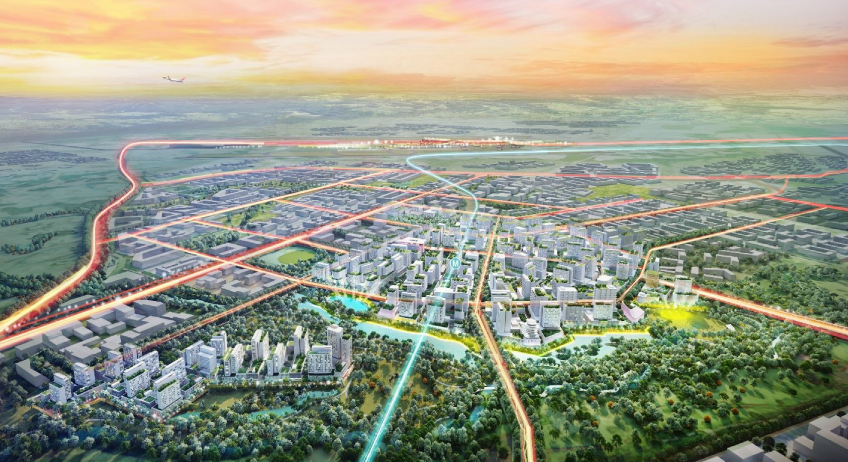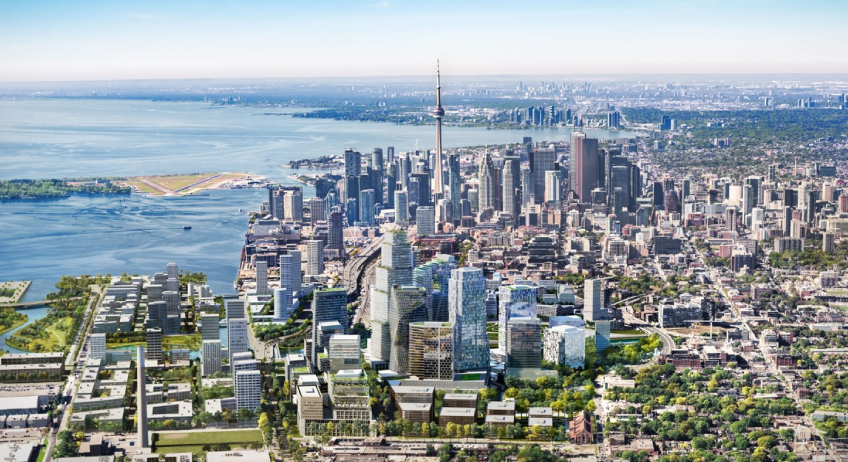Transit Oriented Development 101

What is Transit-Oriented Development?
Transit-Oriented Development (TOD) centers on creating or retrofitting communities into walkable, convenient, efficient, and attractive mixed-use areas with easy access to public transit, usually higher-order transit like metro or passenger rail services. TODs are designed to maximize access to public transportation, encourage walking, cycling, and other convenient forms of transportation, and reduce reliance on private vehicles. TOD communities are characterized by reduced vehicle kilometers, higher proportions of trips by walking, cycling, and transit, and a diverse mix of housing, offices, retail, and amenities, achieving a high quality of life relative to the cost of infrastructure provision. The result is greater social value for people and communities, greater land value for owners, and greater net economic contribution to regions, states, and countries. TOD or Transit-Oriented Communities (TOC) work best when they are complete mixed-use sites where every day needs are clustered and convenient, generally anchored by higher-order transit.
Key Principles of TOD:
- Proximity to transit: TODs are located within walking distance (usually less than 0.5 mile) of transit stations (subways, light rail, major bus stops, etc.).
- Mixed land uses: TODs combine residential, commercial, and recreational spaces, such as apartments, offices, shops, parks, and public spaces.
- Higher density: TODs are denser than typical suburban developments, allowing more people to live and work in a smaller area with more convenient amenities and less surface space dedicated to the storage and movement of private vehicles.
- Pedestrian-friendly design: Streets and public spaces are designed for walking, cycling, social interaction, and nature. Sidewalks, bike lanes, trees, and open green spaces are essential elements.
- Reduced reliance on cars: By providing excellent transit options, TODs reduce the need for car use and private car ownership, both financially and spatially.
Why is TOD important today?
The relevance of TODs today cannot be overstated. Cities face pressing challenges such as congestion, housing affordability and availability, infrastructure servicing costs, and climate change. TOD offers a pathway toward sustainable, equitable, and viable urban development at scale. It aligns with global efforts to decarbonize urban environments, promote efficient land use, and support resilient economic development by creating vibrant, connected, complete mixed-use communities. TODs are fundamental for unlocking value from development opportunities and solving housing crises in major cities worldwide.
Benefits of TOD:
- Reduced traffic congestion and better access for all: Less reliance on inefficient and space-consuming car access, more efficient movement of people due to attractive transit use, and more people choosing walking and cycling for shorter trips. Easy access for all, including those who cannot drive.
- Environmental sustainability: Lower carbon emissions and energy consumption, and better provision of nature, greenspace, and biodiversity, benefiting people who can experience nature.
- Economic vitality: TODs generally demonstrate higher and more resilient business attraction and retention, reflected in higher and more resilient property values.
- Improved quality of life: Walkable neighborhoods, green spaces, and community amenities are closer, allowing people to spend more time living life instead of moving around in cars.
- Financial benefits: Well-implemented TODs can generate outsized returns for investors and long-term asset value that is more resilient and holds up better in market downturns. They also result in lower servicing costs for host municipalities than other forms of urban development.
Hatch Urban Solutions spearheading TOD globally
At Hatch Urban Solutions, our commitment to creating livable, sustainable, and inclusive urban environments that generate returns for investors, both public and private, is evidenced through our remarkable portfolio of TOD/TOC projects around the world. Our approaches are holistic and customized, integrating our expertise in transportation, urban design, planning, economics, and sustainability with foresight for how projects and programs are delivered. We are spatial leaders and passionate place champions with multidisciplinary understanding, approaches, and capabilities.
We think globally and act locally by combining hyper-local expertise with global insights, knowledge, and connections to help our partners and clients unlock and transform complex places to create positive changes worldwide. We understand planning, urban design, transportation business, and technical aspects from early visioning through project delivery and implementation. Two exemplary TOD projects are East Harbour in Toronto and Bradfield in Sydney.
East Harbour Transit Hub, Toronto
This project exemplifies our capability to ideate, plan, design, and deliver a complex TOD project. Leading one of the largest North American transit and TOD programs, this project illustrates how an innovative approach realized the commitment and construction of a major transit hub to unlock significant land value and a broader city-building vision. East Harbour Transit Hub will serve as a key node in Toronto's transit network, surrounded by a future mixed-use community that will be a gateway to Toronto’s waterfront. Hatch initially worked with First Gulf, a Toronto-based developer-investor, to ideate and plan the idea of a station-hub-anchored new development precinct. The station is now under construction, and Hatch is part of the alliance consortia designing and constructing the project. Development in the area will take many phases to complete, but major investments on the waterfront, including the re-naturalization of the Don River Mouth, are well underway.
Bradfield City Centre Aerotropolis
Hatch is leading an international team to design Bradfield, a new city centre for Greater Sydney and the core of the Western Sydney Aerotropolis. The 115-hectare City Centre will be the world's greenest gateway to Sydney from the new Western Sydney International Airport, a vibrant 24/7 metropolis with global, local, and digital connections. At the heart of the city centre is a new Sydney Metro station, surrounded by urban development and a network of parks that achieve circular water systems, carbon neutrality, innovation excellence, and exceed global standards for tree canopy, equity, wellness, urbanity, and mobility. The city centre will leverage the opportunities of the Western Sydney International Airport, the existing nearby centres, and the Western Economic Corridor to attract world-class industries and knowledge-intensive jobs. Our work in New South Wales, Australia, demonstrates our skills in using TOD for housing affordability and urban renewal. To address Sydney's housing challenge, we are working with the government to plan and rezone areas around key transit stations, aiming to deliver up to 45,000 new and affordable homes.

Conclusion
Transit-Oriented Development is more than just an urban planning concept; it’s a comprehensive strategy for realizing sustainable, resilient, and equitable cities and communities of tomorrow. At Hatch, we combine our practice, thought leadership, place-led processes, and approaches to maximize Great Places™, Embedded Engagement and Social Value, unlocking Stranded Assets, and delivering value for investors and communities. Through our global experience, outstanding service, and track record of repeatable success, we shape communities that meet the needs of the present and are ready for the future. We have developed tremendous value for our private and public sector clients by helping them realize ideas and visions, seeing these ideas and visions through key milestones and delivery.
Interested in learning more about Transit-Oriented Development? Visit our website or contact us for more information.

